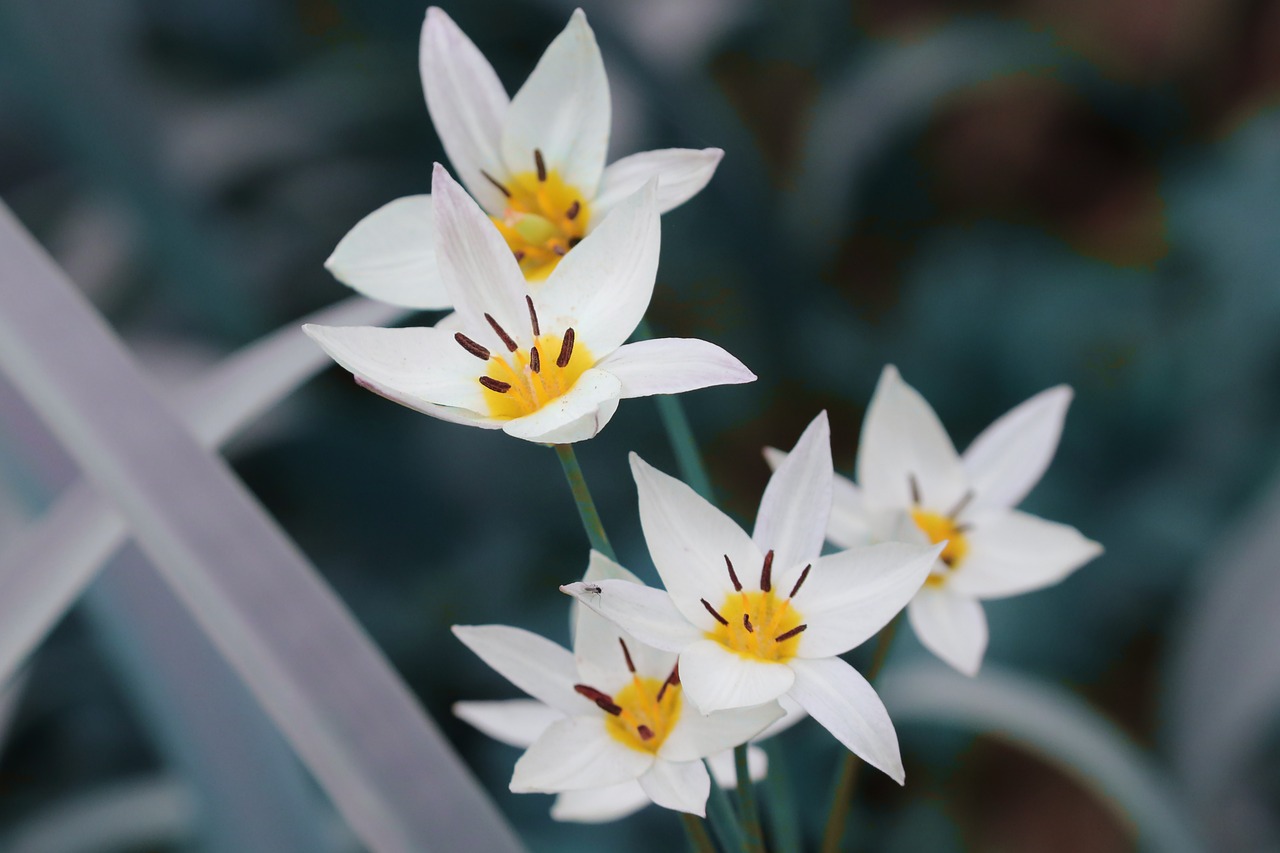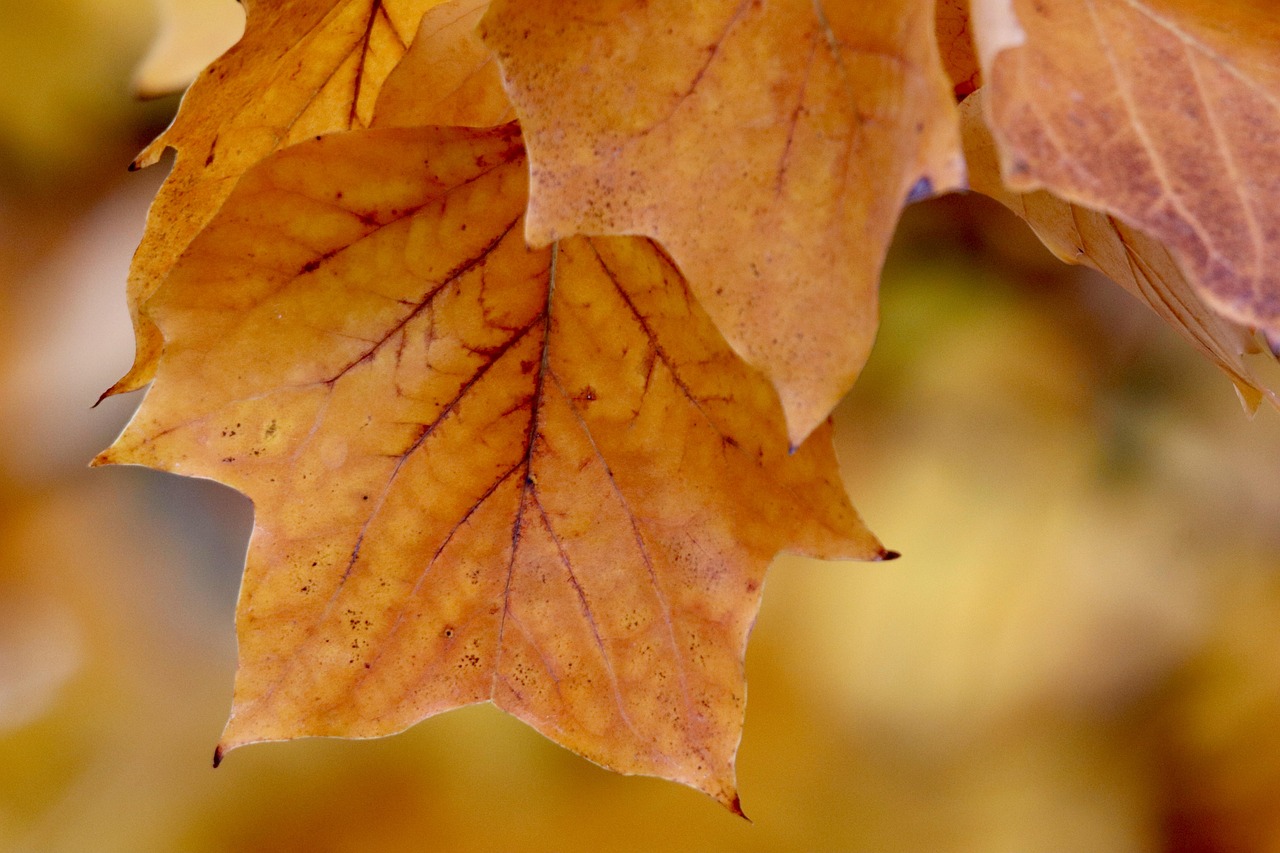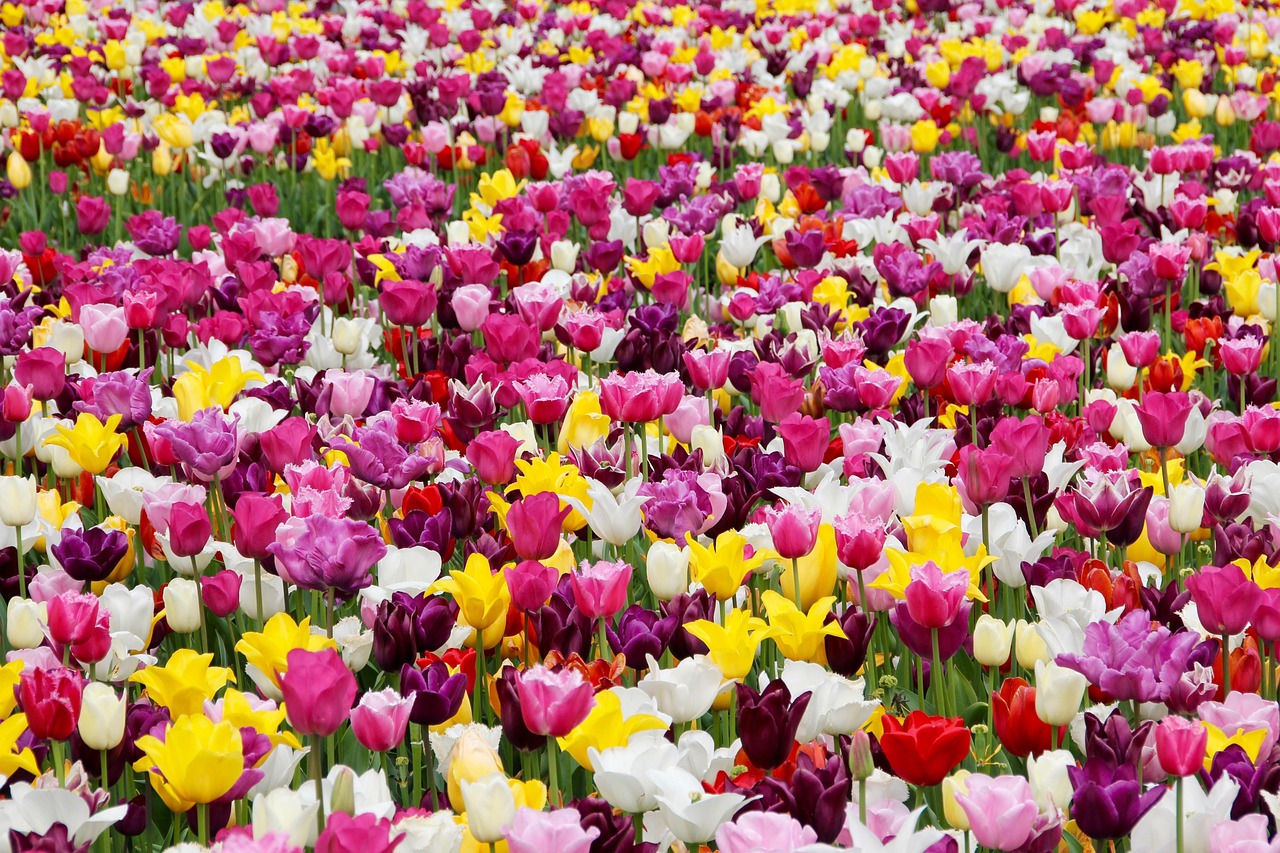The Tulip Tree, also known as Liriodendron tulipifera, is a stunning tree that can enhance any landscape. To bond with this majestic tree, engage with its unique characteristics, plant it in the right conditions, and care for it properly.
Introduction to the Tulip Tree
The Tulip Tree, native to eastern North America, is one of the tallest hardwood trees in the United States. It can reach heights of over 100 feet and boasts a unique shape that resembles a tulip flower. The tree is well-known for its beautiful foliage, which turns vibrant shades of yellow in the fall.

The scientific name, Liriodendron tulipifera, refers to its large, tulip-shaped flowers. These flowers bloom in late spring and early summer, attracting various pollinators like bees and butterflies. The Tulip Tree is not only visually appealing but also plays an important role in local ecosystems.
Key Features of the Tulip Tree
Understanding the key features of the Tulip Tree can help you appreciate its beauty and significance. Here are some important aspects:
| Feature | Description |
|---|---|
| Height | Can grow up to 100 feet tall |
| Leaves | Distinctive, lobed shape that turns yellow in the fall |
| Flowers | Tulip-shaped, greenish-yellow blooms that attract pollinators |
| Bark | Light gray, smooth bark that becomes furrowed with age |
Growth Conditions
The Tulip Tree thrives in a variety of conditions but prefers specific environments for optimal growth. It is essential to understand these requirements to help your tree flourish.

- Soil: Well-drained, loamy soils are ideal for the Tulip Tree. It can tolerate clay but will not thrive in overly wet conditions.
- Sunlight: This tree requires full sunlight to grow effectively. Aim for at least six hours of direct sunlight each day.
- Water: While establishing, regular watering is vital. Once mature, the tree is relatively drought-tolerant.
- Spacing: Plant the Tulip Tree at least 20-30 feet away from buildings and other trees to allow for its expansive growth.
Caring for Your Tulip Tree
Caring for a Tulip Tree involves several key practices that promote healthy growth and longevity. Understanding these care tips will help you bond with your tree.
- Regular Pruning: Prune your Tulip Tree during the dormant season to maintain its shape and encourage healthy growth.
- Pest Management: Keep an eye out for pests such as aphids or scale insects. Use organic methods to manage infestations.
- Fertilization: Use a balanced fertilizer during the spring to promote robust growth, especially in young trees.
- Mulching: Apply mulch around the base of the tree to retain moisture and suppress weeds.
By following these care tips, you will not only ensure the health of your Tulip Tree but also create a strong bond with this magnificent species. Observing its growth and seasonal changes can deepen your connection to nature and enhance your gardening experience.
The Importance of the Tulip Tree
The Tulip Tree holds significant ecological value. Its flowers provide food for pollinators, while its leaves serve as a habitat for various birds and insects. Additionally, wood from this tree is used in furniture making and construction, showcasing its versatility.

In landscaping, the Tulip Tree can serve as a focal point due to its impressive height and unique appearance. It can also provide shade in larger yards or parks, enhancing outdoor spaces for relaxation and recreation.
Understanding and appreciating the Tulip Tree contributes to a greater awareness of biodiversity and encourages responsible planting practices. Engaging with this majestic tree can foster a deeper respect for nature and its wonders.
Planting Your Tulip Tree
Successfully planting a Tulip Tree requires careful consideration of various factors. Choosing the right time and technique can significantly affect the tree’s growth and health. Here are essential guidelines to follow when planting your Tulip Tree.

Best Time to Plant
The ideal time to plant a Tulip Tree is during the early spring or fall. Planting during these seasons allows the tree to establish roots before the extreme heat of summer or the cold of winter. Avoid planting in late summer, as this may stress the tree and hinder its growth.
Steps for Planting
- Select a Location: Choose a site with full sunlight and well-drained soil. Ensure there is ample space for the tree to grow.
- Prepare the Soil: Loosen the soil in the planting area. Incorporate organic matter, such as compost, to enhance soil fertility.
- Dig the Hole: Dig a hole that is twice as wide as the root ball and just as deep. This allows roots to spread easily.
- Place the Tree: Remove the tree from its container carefully. Position it in the center of the hole, ensuring that the top of the root ball is level with the soil surface.
- Backfill the Hole: Fill in around the roots with soil, gently tamping it down to eliminate air pockets. Water thoroughly after planting.
- Add Mulch: Apply a 2-3 inch layer of mulch around the base of the tree to retain moisture and suppress weeds.
Watering Your Tulip Tree
Proper watering is crucial for establishing a healthy Tulip Tree. The amount and frequency of watering will depend on various factors, including weather conditions and soil type.
Watering Guidelines
- Establishment Phase: Water your tree once a week during the first growing season. Ensure that the soil remains consistently moist but not waterlogged.
- Mature Trees: Once established, Tulip Trees can tolerate dry conditions. However, during prolonged droughts, provide supplemental watering.
- Signs of Underwatering: Yellowing leaves and wilting can indicate that your tree needs more water.
- Signs of Overwatering: Root rot can occur if the soil remains too wet. Symptoms include mushy roots and yellowing leaves.
Pests and Diseases
Like all trees, Tulip Trees can fall victim to various pests and diseases. Being aware of potential threats will help you take preventive measures and maintain your tree’s health.
Common Pests
| Pest | Description | Treatment |
|---|---|---|
| Aphids | Small, sap-sucking insects that can cause leaf curling. | Use insecticidal soap or introduce natural predators like ladybugs. |
| Scale Insects | Tiny insects that appear as bumps on branches or leaves. | Apply horticultural oil to suffocate them. |
| Spider Mites | Causes stippling on leaves and webbing on branches. | Increase humidity around the tree and use miticides if necessary. |
Diseases to Watch For
Tulip Trees can also be susceptible to certain diseases. Here are some common issues:
- Verticillium Wilt: A fungal disease that affects water movement in the tree. Symptoms include wilting leaves and branch dieback. Proper care and site selection can help prevent this issue.
- Canker Diseases: These affect the bark and can lead to dieback. Prune infected branches promptly to prevent spread.
- Leaf Spot: Fungal infections may cause spots on leaves, leading to premature leaf drop. Ensure good air circulation around the tree and remove fallen leaves in autumn.
Regular monitoring for pests and diseases will help maintain your Tulip Tree’s health. Early intervention can often save your tree from significant damage.
Enjoying Your Tulip Tree
Your Tulip Tree can become a cherished part of your landscape, offering beauty and shade while supporting local wildlife. Engage with this magnificent species by incorporating it into your daily life.
Consider creating a seating area beneath its expansive branches, perfect for reading or relaxing. Observing seasonal changes in foliage and flowers can provide joy throughout the year.
The presence of your Tulip Tree can enhance your connection to nature and foster a deeper appreciation for the environment around you. As you care for it, you will not only nurture a magnificent tree but also create lasting memories in your outdoor space.
Creating a Tulip Tree Garden
Designing a garden that features the Tulip Tree can enhance your outdoor space and create a beautiful environment that supports local wildlife. Incorporating this majestic tree into your landscape requires thoughtful planning and creativity.
Choosing Companion Plants
Companion plants can complement the Tulip Tree, enhancing its beauty and providing additional benefits to the garden ecosystem. When selecting companion plants, consider their sunlight and water requirements, as well as their growth habits.
- Native Wildflowers: Planting native wildflowers around the base of the Tulip Tree can attract pollinators and add color to your garden. Examples include Black-eyed Susans and Coneflowers.
- Ground Covers: Low-growing ground cover plants like Creeping Thyme or Ajuga can help suppress weeds while providing a lush appearance.
- Shrubs: Consider adding flowering shrubs like Hydrangeas or Azaleas. They can create visual interest and provide habitat for birds.
- Ornamental Grasses: Grasses like Blue Fescue or Switchgrass can add texture and movement to your garden design.
Designing the Layout
A well-thought-out layout is essential for a harmonious garden. Here are some tips for designing your Tulip Tree garden:
- Centerpiece Placement: Position the Tulip Tree as a focal point in the garden. This allows it to draw attention and create a majestic atmosphere.
- Layering Plants: Use a layering technique by placing taller plants at the back and shorter ones in front. This creates depth and visual appeal.
- Pathways: Design pathways that lead to the tree, making it accessible for visitors. Use gravel, mulch, or stepping stones for a natural look.
- Seating Areas: Incorporate benches or chairs around the tree to encourage relaxation and enjoyment of the space.
Seasonal Care Considerations
As seasons change, so do the needs of your Tulip Tree and garden. Understanding these seasonal care considerations will help you maintain a healthy environment.
Spring Care
Spring is a vital time for growth and rejuvenation. Here are some care tips for spring:
- Fertilization: Apply a balanced, slow-release fertilizer to support new growth.
- Mulching: Refresh mulch around the base of the tree to retain moisture and prevent weeds.
- Pruning: Remove any dead or damaged branches to promote healthy growth.
Summer Care
During summer, ensure your Tulip Tree remains healthy through consistent care:
- Watering: Monitor soil moisture, especially during dry spells. Provide deep watering if necessary.
- Pest Monitoring: Regularly check for pests such as aphids or spider mites, treating them promptly if found.
- Shade Considerations: If planted near other plants, ensure they are not overcrowded, allowing for adequate sunlight.
Autumn Care
As autumn approaches, prepare your Tulip Tree for the winter months:
- Leaf Cleanup: Rake fallen leaves to prevent fungal diseases and pests from overwintering.
- Watering: Continue watering until the ground freezes, ensuring the tree is adequately hydrated before winter.
- Mulch Application: Add an extra layer of mulch to provide insulation during colder months.
winter Care
Winter care is crucial for protecting your Tulip Tree from harsh conditions. Here’s what to keep in mind:
- Snow Management: Gently remove heavy snow from branches to prevent breakage. Use a broom to avoid damaging the bark.
- Irrigation Needs: In dry winters, monitor moisture levels in the soil. Water if necessary, especially if the tree is newly planted.
- Wildlife Protection: Consider wrapping young trees with burlap or protective guards to prevent damage from wildlife.
The Cultural Significance of Tulip Trees
The Tulip Tree has held cultural significance in various regions throughout history. Its majestic presence has inspired many artistic representations, folklore, and traditions.
Cultural Associations
- Native American Traditions: Many Native American tribes have utilized parts of the Tulip Tree for various purposes, including making canoes from its wood due to its lightweight nature.
- Symbolism: In some cultures, the Tulip Tree symbolizes beauty and endurance, often representing a connection between nature and spirituality.
- Artistic Inspiration: The unique shape and vibrant flowers of the Tulip Tree have inspired artists and poets alike. Its beauty is often celebrated in literature and paintings.
The cultural significance of the Tulip Tree enhances its role in our lives, reminding us of our connection to nature and the importance of preserving such majestic species. Engaging with this tree can be an enriching experience that goes beyond mere gardening. It can become a part of personal history and cultural understanding.
Additional Benefits of Tulip Trees
Beyond their aesthetic appeal and cultural significance, Tulip Trees offer numerous environmental benefits. Understanding these advantages can further enhance your appreciation for this majestic species.
Environmental Contributions
- Air Quality Improvement: Tulip Trees contribute to better air quality by absorbing carbon dioxide and releasing oxygen through photosynthesis.
- Habitat Creation: The tree provides shelter and food for a variety of wildlife, including birds, butterflies, and other beneficial insects.
- Soil Erosion Control: The extensive root system of the Tulip Tree helps stabilize soil, preventing erosion and promoting healthy land use.
- Climate Moderation: Large trees like the Tulip Tree can help moderate local climates by providing shade and reducing heat during hot months.
By planting a Tulip Tree, you contribute to a healthier ecosystem while enjoying the beauty it brings to your surroundings. Engaging with nature in this way fosters a sense of responsibility towards the environment.
Engaging with the Community
Connecting with others who share a passion for gardening and nature can deepen your bond with your Tulip Tree. Community engagement can lead to enriching experiences and shared knowledge. Here are some ways to get involved:
- Local Gardening Clubs: Join local gardening groups or clubs focused on native plants. These communities can provide valuable resources and support.
- Workshops and Classes: Attend workshops on tree care, landscaping, or ecological gardening to expand your knowledge and skills.
- Volunteer Opportunities: Participate in local tree-planting initiatives or conservation projects. This not only benefits the community but also enhances your understanding of local ecosystems.
- Social Media Groups: Engage in online forums or social media groups dedicated to gardening. Sharing your experiences and learning from others can be very rewarding.
Incorporating Tulip Trees in Urban Landscapes
The Tulip Tree can play an essential role in urban landscapes, contributing to the overall aesthetic and environmental health of cities. When properly integrated, these trees can enhance urban spaces significantly.
Urban Planting Strategies
- Tree Canopy Coverage: Planting Tulip Trees in urban areas helps increase tree canopy coverage, which is vital for improving air quality and reducing urban heat islands.
- Parks and Recreation Areas: Incorporate Tulip Trees in parks to create beautiful, shaded areas for community gatherings and recreational activities.
- Street Planting: Planting Tulip Trees along streets can enhance the visual appeal of neighborhoods while providing shade for pedestrians.
- Green Roofs and Vertical Gardens: Use smaller varieties of Tulip Trees in green roofs or vertical gardens to maximize urban greenery where space is limited.
By integrating Tulip Trees into urban settings, communities can enjoy their numerous benefits while promoting biodiversity and enhancing quality of life.
Final Thoughts
Bonding with a Tulip Tree goes beyond simple cultivation; it is an enriching experience that connects us to nature, community, and history. By understanding its unique characteristics, care requirements, and cultural significance, you can develop a deeper appreciation for this majestic species.
The journey of planting, nurturing, and enjoying a Tulip Tree creates lasting memories and fosters a sense of responsibility towards our environment. Whether you are cultivating a personal garden or participating in community efforts, the impact of your engagement with the Tulip Tree can resonate far beyond your immediate surroundings.
As you embark on this journey with the Tulip Tree, remember that you are not just planting a tree; you are nurturing a living connection to nature that enriches your life and benefits the world around you. Embrace the beauty and wisdom of the Tulip Tree as you cultivate a bond that will last for generations.
